In response to an anonymous outside examination request made against the Apple document, the U.S. Court of Appeals for the Federal Circuit has actually revived parts of rejected U.S. Patent No. 7,844,915 — the so-called "pinch-to-zoom" filing — while leaving others intact.
The U.S. Patent and Trademark Office was right to reject the "scroll and gesture limitation" section of '915, but made a mistake in the "rubberbanding" portion, the court said according to Ars Technica. Although the USPTO's Board of Patent Appeals suggested that Apple's rubberbanding idea was obvious in light of an AOL patent application, Federal Circuit judges argued that the Board considered too many versions of the technology.
The Board should've restricted its definition of rubberbanding to "sliding content backwards" instead of forward as well, the judges wrote, supporting Apple's view that the AOL patent produced "the opposite effect from rubberbanding." The Federal Circuit opinion brings back claims 2, 9, and 16 of the Apple patent for additional consideration.
The USPTO initially quashed the '915 patent almost five years ago, dealing a blow to intellectual property used in an Apple court victory against Samsung. Apple turned to the Federal Circuit for help. Notably, '915 should not be confused with another patent, '381, which also addresses rubberbanding.
Federal courts are in fact still resolving the outcomes of not one but two Apple v. Samsung cases. The first made it to the U.S. Supreme Court in October, but is now back at the Federal Circuit for recalculating a previous $399 million in damages. The second case originally awarded Apple $120 million, but Samsung is pushing to have that examined by the Supreme Court as well.
 Roger Fingas
Roger Fingas








 Charles Martin
Charles Martin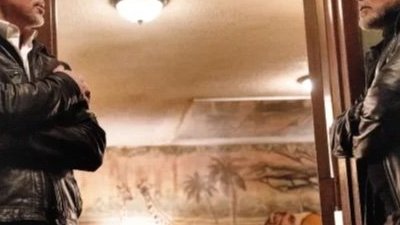

 Sponsored Content
Sponsored Content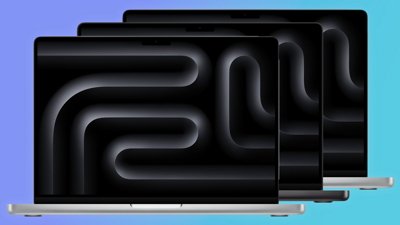
 AppleInsider Staff
AppleInsider Staff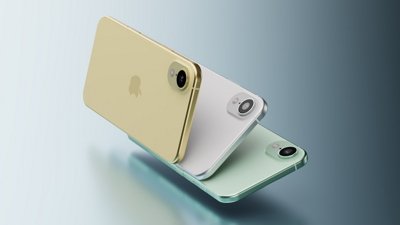
 Malcolm Owen
Malcolm Owen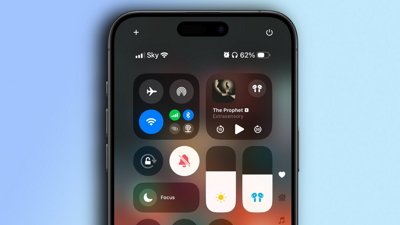
 Oliver Haslam
Oliver Haslam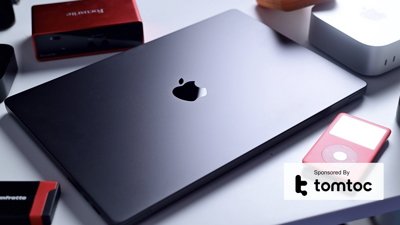
 Andrew O'Hara
Andrew O'Hara

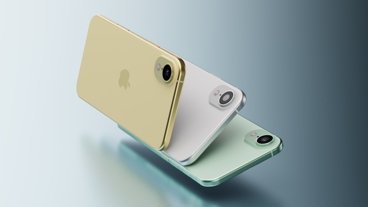






4 Comments
These rent-seekers will keep themselves in business long after we're all dead
Is it normal in the US for cases which reach the supreme court to then be put back down to federal court? I would have thought if something gets to the supreme court then they should just make a final decision and be done with it? It just seems like this can go back and fore forevermore. :s
Carnegie is correct
Carnegie is correct but your question suggests to me that you're not from the US and perhaps not familiar with its legal system. So let me expand a little on Carnegie's comment.
The US legal system (based upon the British) separates fact-finding and the law. Lower courts deal with both but appeals courts, including the Supreme Court, deal only with matters of law. These could be issues of correct interpretation, adherence to precedent, admissibility of evidence, etc. So the appeals courts do not determine the facts - that was done in the trial court - but only the appropriate decision based upon those facts, and the law.
Sometimes an appeals court decision will be the end of the matter because the only open issues were ones of law. So the court would either confirm or overturn the ruling of the lower court. And in some instances, the higher court will clarify a legal issue and refer the case for reconsideration by the lower court. And in some cases, it goes all the way back to fact-finding again, either a new trial or reopening the previous one.
You are right in your observation that this can go back and forth but that doesn't happen for long. Higher courts won't tolerate it, but there are instances of this. There was one just last week where an appeals court decided that the lower-court judge had overlooked some facts and that the legal reasoning had some flaws. That judge then reconsidered the details and wrote a new decision with the same result. But the new opinion explicitly addressed the evidence and tightened up the legal reasoning. It's not clear whether the losing side will call for another appeal.